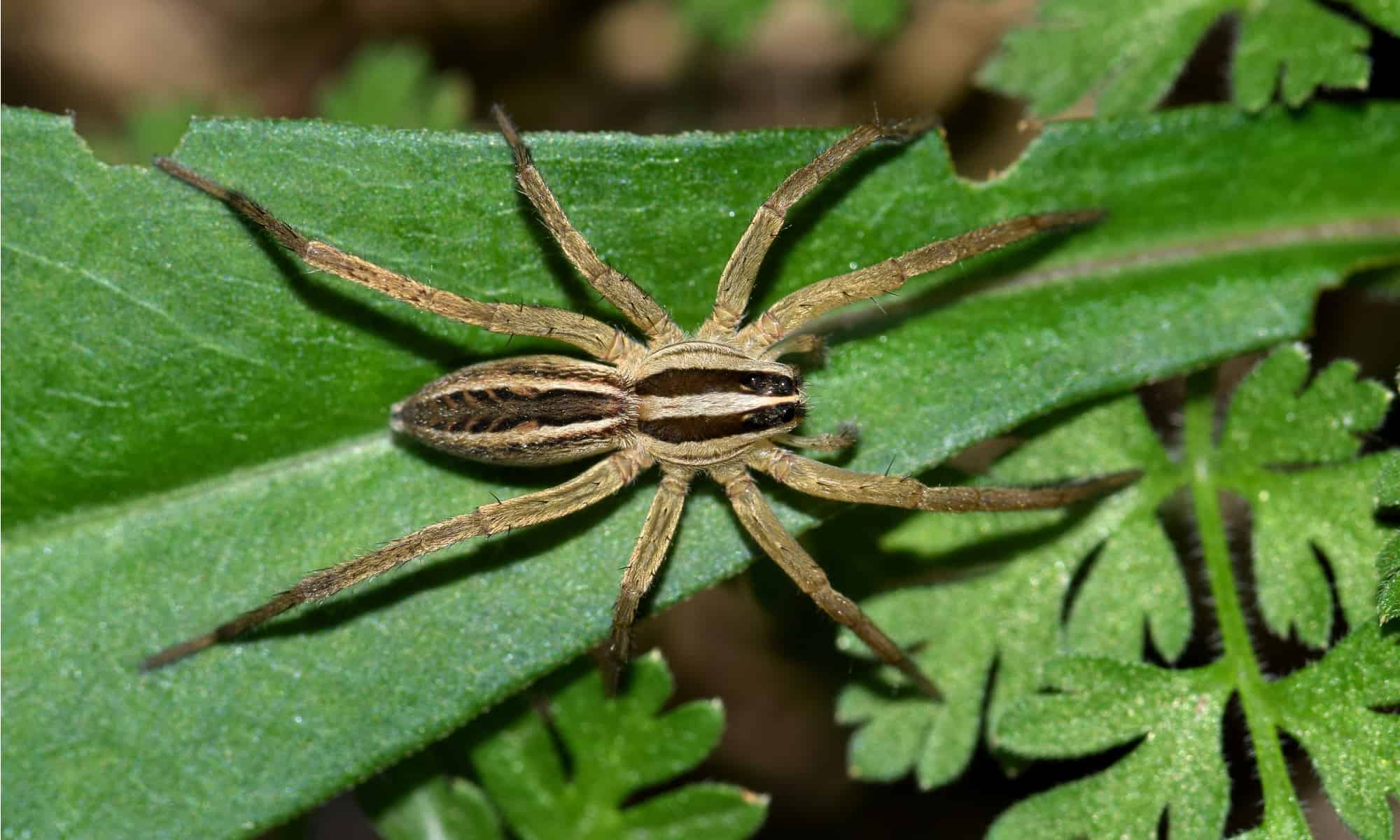
The rabid wolf spider, also known as the Lycosa rabida, is one of nature’s most fascinating creatures. These arachnids are not only known for their speed and agility, but also for their unique hunting techniques. With their distinct appearance and behavior, rabid wolf spiders have captured the attention of both experts and enthusiasts. In this article, we will delve deep into the world of rabid wolf spiders and uncover 13 unbelievable facts that will leave you amazed. From their impressive size to their venomous bite, these facts will shed light on the captivating nature of the rabid wolf spider. So, brace yourself for a wild journey as we explore the fascinating world of this extraordinary arachnid.
Key Takeaways:
- Rabid Wolf Spiders are skilled hunters with excellent vision and unique hunting strategies, but they are not actually rabid or aggressive towards humans.
- These spiders are protective mothers, have impressive camouflage abilities, and play a crucial role in controlling insect populations, contributing to the natural balance of ecosystems.
The Rabid Wolf Spider is not actually rabid.
Despite its name, the Rabid Wolf Spider does not carry the rabies virus. The term “rabid” is used to describe its aggressive hunting behavior when it captures prey.
Rabid Wolf Spiders are expert hunters.
These spiders have incredible hunting skills and use their sharp vision and agility to track and capture their prey. They often pounce on their victims and inject venom to paralyze them.
Female Rabid Wolf Spiders are protective mothers.
Female Rabid Wolf Spiders carry their egg sacs with them and fiercely protect them until the spiderlings hatch. They carry the sacs attached to their spinnerets and ensure the survival of their offspring.
Rabid Wolf Spider venom is not deadly to humans.
While the venom of Rabid Wolf Spiders may be potent against their prey, it is not considered lethal to humans. Their bites may cause local pain and swelling, but serious medical consequences are rare.
Rabid Wolf Spiders are solitary creatures.
These spiders prefer a solitary lifestyle and are often found hiding in burrows or crevices during the day. They come out at night to hunt for food and mate.
Rabid Wolf Spiders have excellent eyesight.
With their large anterior median eyes, Rabid Wolf Spiders have exceptional vision. This allows them to accurately detect movements and locate their prey from a distance.
They are found worldwide.
Rabid Wolf Spiders have a global distribution and can be found in various habitats, including forests, grasslands, deserts, and even residential areas.
Rabid Wolf Spiders have a unique hunting strategy.
These spiders do not spin traditional webs to catch their prey. Instead, they rely on their speed and agility to chase down and capture their victims.
They possess excellent camouflage abilities.
Rabid Wolf Spiders have coloration and patterns that help them blend into their surroundings, making them difficult for both predators and prey to spot.
Rabid Wolf Spiders molt to grow.
Like other spiders, Rabid Wolf Spiders undergo molting to shed their old exoskeleton and grow. During this process, they become vulnerable until their new exoskeleton hardens.
They have an impressive leg span.
Rabid Wolf Spiders can have a leg span of up to several inches, depending on the species. This allows them to cover a larger hunting territory more effectively.
Rabid Wolf Spiders are not aggressive toward humans.
Despite their intimidating appearance, Rabid Wolf Spiders are generally non-aggressive toward humans. They will usually try to escape or hide rather than attack when encountered.
They play an important role in controlling insect populations.
Rabid Wolf Spiders contribute to the natural balance of ecosystems by keeping insect populations in check. They help control the populations of pests like mosquitoes, flies, and other small insects.
Conclusion
In conclusion, the rabid wolf spider is a fascinating creature with some truly remarkable characteristics. From its venomous bite to its unique hunting techniques, this spider is truly a force to be reckoned with in the animal kingdom. Despite its intimidating name, the rabid wolf spider plays an important role in maintaining the balance of ecosystems by controlling insect populations. Learning about these incredible creatures helps us appreciate the vast diversity of life on our planet and reminds us of the complex and interconnected web of nature.
FAQs
Q: Are rabid wolf spiders dangerous to humans?
A: While rabid wolf spiders have venomous bites, they are not considered a significant threat to humans. Their venom is relatively mild, and bites are rare. However, if bitten, it is advisable to seek medical attention if symptoms such as severe pain, swelling, or allergic reactions occur.
Q: How big do rabid wolf spiders grow?
A: Rabid wolf spiders can vary in size, but on average, they measure about 1 to 2 inches in length, including their legs. The females are usually larger than males.
Q: What do rabid wolf spiders eat?
A: Rabid wolf spiders are carnivorous hunters. They primarily feed on insects and other small arthropods such as beetles, ants, grasshoppers, and even other spiders. They do not actively seek out humans as prey.
Q: Where can you find rabid wolf spiders?
A: Rabid wolf spiders can be found in a variety of habitats, including forests, grasslands, deserts, and even residential areas. They prefer to live in burrows or under debris, rocks, and logs.
Q: Are rabid wolf spiders social or solitary creatures?
A: Rabid wolf spiders are solitary creatures. They typically live and hunt alone, except during mating season, when males may seek out females for mating.
Q: How do rabid wolf spiders catch their prey?
A: Rabid wolf spiders are agile predators that use their excellent eyesight and quick reflexes to catch their prey. They do not spin webs to catch insects; instead, they actively chase and ambush their prey, sometimes using camouflage to blend into their surroundings.
Q: Can rabid wolf spiders be kept as pets?
A: Some people do keep rabid wolf spiders as pets, but they require specific care and environments to thrive. It is important to research and understand the needs of these spiders before considering them as pets.
Q: Do rabid wolf spiders have any natural predators?
A: Yes, rabid wolf spiders have several natural predators, including birds, larger spiders, wasps, and other arachnids. These predators play a crucial role in balancing the population of rabid wolf spiders in their natural habitats.
Was this page helpful?
Our commitment to delivering trustworthy and engaging content is at the heart of what we do. Each fact on our site is contributed by real users like you, bringing a wealth of diverse insights and information. To ensure the highest standards of accuracy and reliability, our dedicated editors meticulously review each submission. This process guarantees that the facts we share are not only fascinating but also credible. Trust in our commitment to quality and authenticity as you explore and learn with us.


